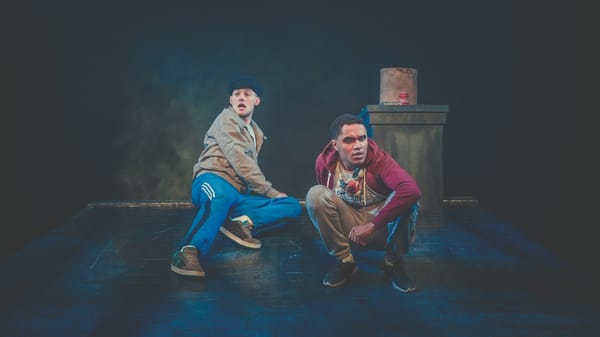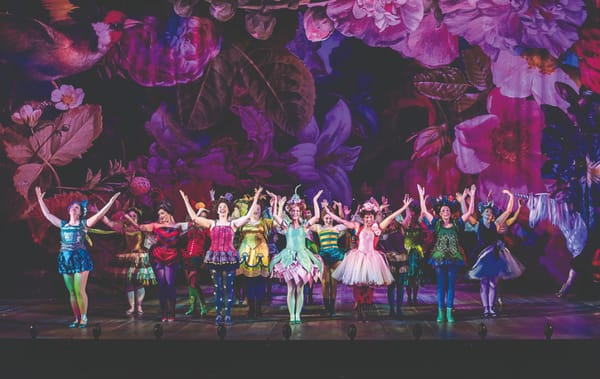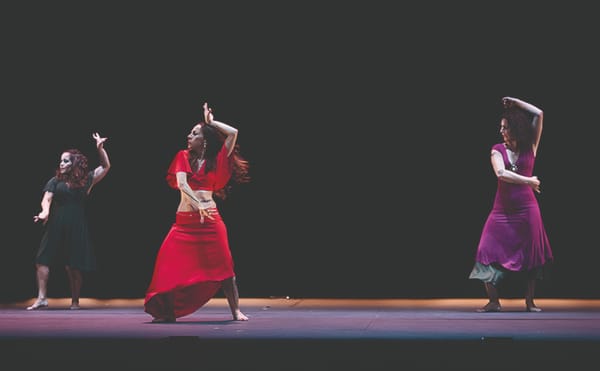Mark Dion – theatre of the natural world brings the Thames beaches to the Whitechapel Gallery
Something of a hit and miss, a retrospective of Mark Dion’s work is most successful when it embraces the realities of nature.

The artwork in Mark Dion’s exhibition, Theatre of the Natural World, feels like it was made by someone who loves the idea of the life sciences but hasn’t taken a science course since secondary school. He’s an American artist who combines a wide range of media into large-scale sculptures, books, and installations. His work deals with the ideas, practices, and institutions surrounding naturalists and natural history; he has filled the three rooms of his solo exhibition at Whitechapel Gallery with an eclectic collection of flags, drawings, text, props, live birds, photographs, mannequins, and posters.
I walked into this exhibition hoping to find relevant, contemporary work engaging with society’s complex relationship with the natural world. Instead, I found a series of cinematic stage sets designed to invoke dated fantasies of eccentrics and intellectuals, who, like Dion himself, appear content to co-opt the visual aesthetics of biology and natural history without regard for the discipline or wonder essential to either field.
In The Naturalist’s Study, Dion has decorated a room with couches, drawings, illustrations, and sculptures, turning the gallery space into drawing room from two hundred years ago. The décor is intended to evoke the aura of a 19th century naturalist, and the room’s props stand in as treasures collected from exotic trips overseas. Some of the work included makes passing hints at a conservationist frame of mind: a black and white series of photographs depicting stuffed polar bears lines one wall. Other inclusions throw the façade out the window: all of the tables are covered edge to edge with books Dion has published, and which are on offer from the gift shop downstairs. No comment, either, on the daring explorers (or their collections) who thrived on the peak of natural history’s imperialist wave.
“Dion has taken the fantasy of the armchair biologist out of the study and into the sunlight ”
A giant black metal birdcage dominates the first of the gallery’s four rooms. In the cage’s centre stands the barren trunk of a large tree, and around it lies a collection of books and objects related to the study of birds. 22 live zebra finches (Taeniopygia guttata) and up to four human visitors at a time (the maximum allowed in the cage) move through the space, and bring life to Dion’s fabricated world of sets and props. The piece, called The Library for the Birds of London grasps halfheartedly at one metaphor or the other for the human condition, but its real strength is in its physical presence. It’s a beautiful piece – black mesh around barren branches – and the care with which Dion and his team have attended to the health and wellness of the birds is made clear in the long list posted on the gallery wall, titled ‘Commonly Asked Questions about the Birds’.
In the third room of the exhibition, I found the most exciting and conceptually elegant piece of the night, a work from 1999 titled Tate Thames Dig. Dion and a crew of volunteers dredged the topsoil of two tidal beaches near the Tate Britain and the (then still to be built) Tate Modern. Everything they uncovered, from horse teeth to oyster shells, bullets, leather soles, toys, ceramic fragments, rings, even a message in a bottle, are kept in an enormous, double-sided wooden cabinet. The results of each excavation site are kept on shelves and in drawers on either side of the cabinet. Visitors are invited to walk around the piece, open drawers, and view all the specimens under glass, which are sorted into what Dion calls “taxonomies”: organized groups based on material, function, color, topology, and morphology.
A fusion between museum exhibit and archaeological dig, Tate Thames Dig successfully brings together the visual aesthetics and physical processes of natural history. Here, Dion finally carries out the tasks of collecting and sorting that are essential to the work of naturalists and taxonomists. By actually leaving his studio to experience the natural world and practice the scientific work he celebrates in the rest of this exhibition, Dion adds content and weight to his stage sets.
The fragments of London on display in the collection from the dredging are a celebration of the capital’s history and our relationship with nature and each other. The care taken to organize every object is an almost joyful mirroring of the process natural scientists have used to understand the mysteries of life and the world around us. At last, Dion has taken the fantasy of the armchair biologist out of the study and into the sunlight by the Thames. Only by getting dirty and really engaging with the worlds whose language he adopts can Mark Dion get out of his own study and share with us what there is to see.
2.5 Stars
Where? Whitechapel Gallery When? Until 13th May How Much? £12.95; £9.50 students








